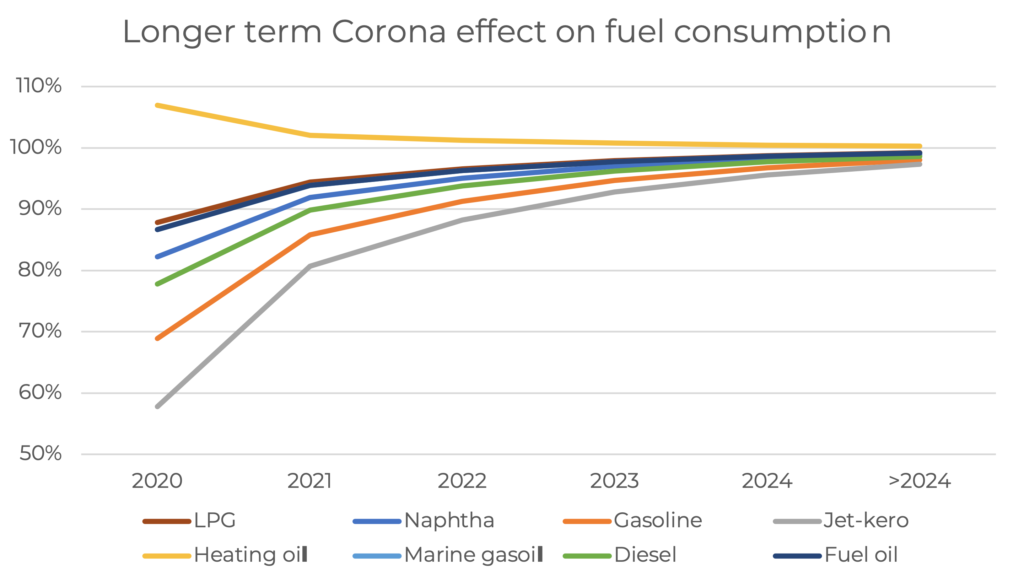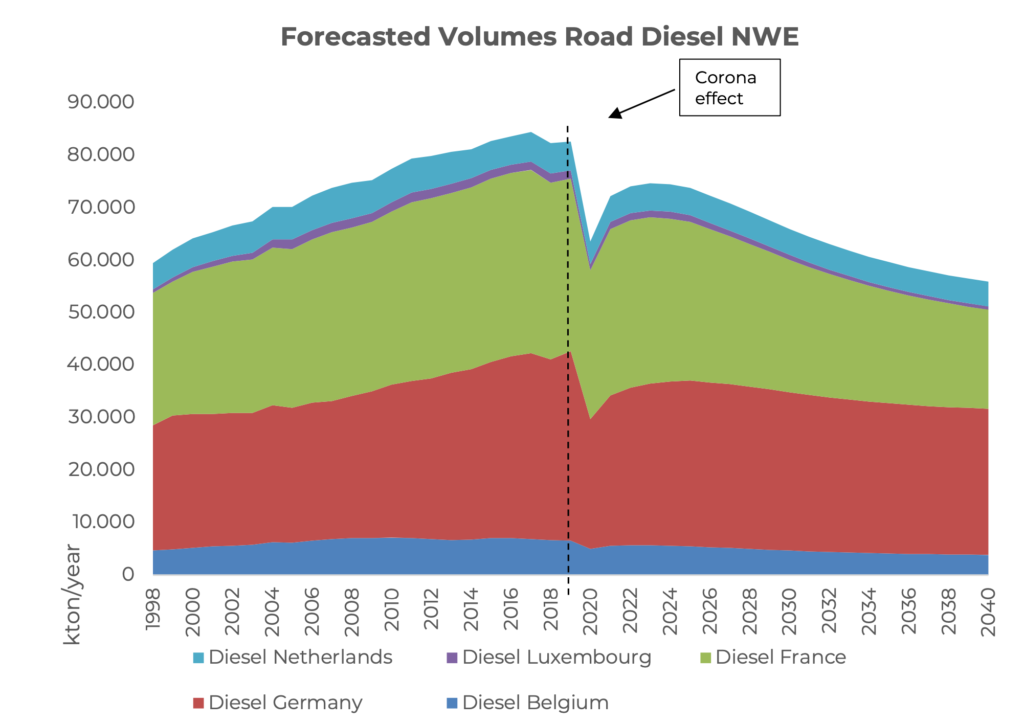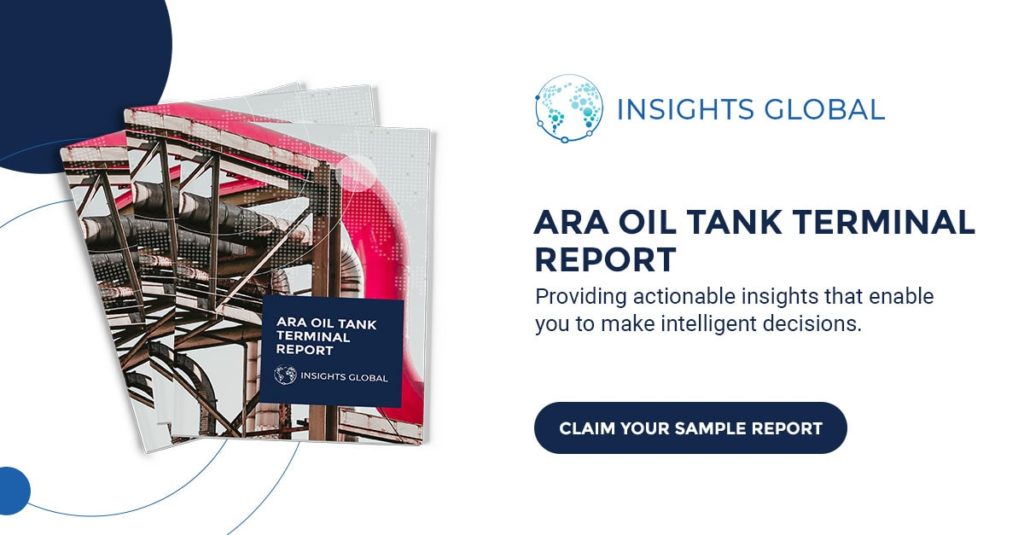There may, as discussed in part two of this series, have been little gender and racial diversity among the participants in London’s 1980s oil trading. But there was plenty in the product set and, ever increasingly, among the firms dealing in them.
Oil streams of differing qualities flowed to Sullom Voe, Flotta, Nigg Bay, Hound Point and Teesside, and there was a plethora of offshore loading locations at Statfjord, Beryl, Montrose and others. It represented a wide and interesting canvas on which the industry could play.
A varied cast
And there were many different types of companies involved from the early days. The big integrated companies such as BP, Shell, Conoco, Chevron, Mobil, Texaco and Gulf were active participants—although Esso, notably, was not. There was also a fair representation from out-of-town North Sea producers such as Texas Eastern, Marathon, Philips and Kerr McGee—all regularly preyed on over lunch by the independent traders.
The US refiners had their men in London: Crown Central, Coastal States and Sun Oil among them. By 1984, according to research by the Oxford Institute for Energy Studies’ Robert Mabro, a full 60pc of North Sea oil headed to the US to be refined. This is not, though, to understate the diversity of refining players in Europe. The likes of OK Petroleum, Cepsa, Saras, Wintershall, CFP and a host of others were regular refiners of North Sea grades.
The independent traders—Phibro, Transworld, Tradax (Cargill), Avant, Bomar, Gotco and countless others—were active on a daily basis. As were the Japanese sogo shoshas, which were seeking turnover rather than profitability, to the delight of other players. This group preferred a long, late evening to a fine lunch. The trading community was only too willing to provide company for them, and ingratiate themselves over a whiskey or five in the process!
The early brokers Fearnoil and PVM, under Anders Johansen and David Hufton respectively, played a central role in London in shining a light on the opacity. The price reporting and specialist newsletter services of Platts and Argus expanded with the growth of the business, as did the longer-established publications PIW and MEES.
Argus had been reporting prices from 1970, when the redoubtable Jan Nasmyth founded that entity, and his Weekly Petroleum Argus front-page opinion pieces were devoured by the whole industry in the same way as the insights of Wanda Jablonski and Amy Jaffe in PIW.
There were plenty of characters, ranging from spies—whose names must, of course, remain secret—to alleged ex-mercenaries. Yet it was a business and a market which, on the whole, was run free of illicit activity, surprisingly so in such a big money arena.
The Americans are coming
The so-called ‘Wall Street refiners’ entered the fray from 1985, led firstly by Morgan Stanley, whose head of metals, Bob Feduniak, sensed an opportunity in oil. He sensibly mixed the experiences of ex-oil company traders Nancy Kropp and John Shapiro with the in-house cerebral contribution of Marc Crandall—who, with the late Claude Dauphin, Eric de Turckheim and Graham Sharp, would go on to found Trafigura in1987.
Morgan Stanley was immediately followed by J Aron, the commodity trading arm of Goldman Sachs, led at the time by Gary Cohn and featuring ‘the Steves’—Hendel and Semlitz—who would go on to found Hetco and Hartree. The opportunity they saw arose from the success, from 1983 onwards, of oil futures trading on the Nymex. The Nymex WTI crude oil futures contract changed everything and was the first critical driver in the development of the ‘financialisation’ of markets which was to characterise the 1990s.
Back in London, the IPE had been trading gasoil futures since 1983 but had found it difficult to sustain a crude oil contract. Only after Morgan Stanley blazed a trail with its OTC partials market in Brent in 1987-88—supported at its inception by Conoco, Petronor and ICI amongst others—did the IPE finally manage to ride on the back of that OTC market and create a successful futures contract. In time, of course, it became the world’s primary benchmark crude oil contract.
It was a time of invention and, hot on the heels of crude oil futures and OTC partials, came the Brent CFD market. It was designed to finetune the hedging of the Dated Brent market but became also a significant instrument for speculative activity. Mobil and Chevron were leaders in this field and found willing counterparties in the two original Wall Street refiners and other newbies from the same stable— most notably Drexel and Bear Stearns.
By Colin Bryce, Petroleum Economist, 27 July 2020, Photo by Ed Robertson on Unsplash







